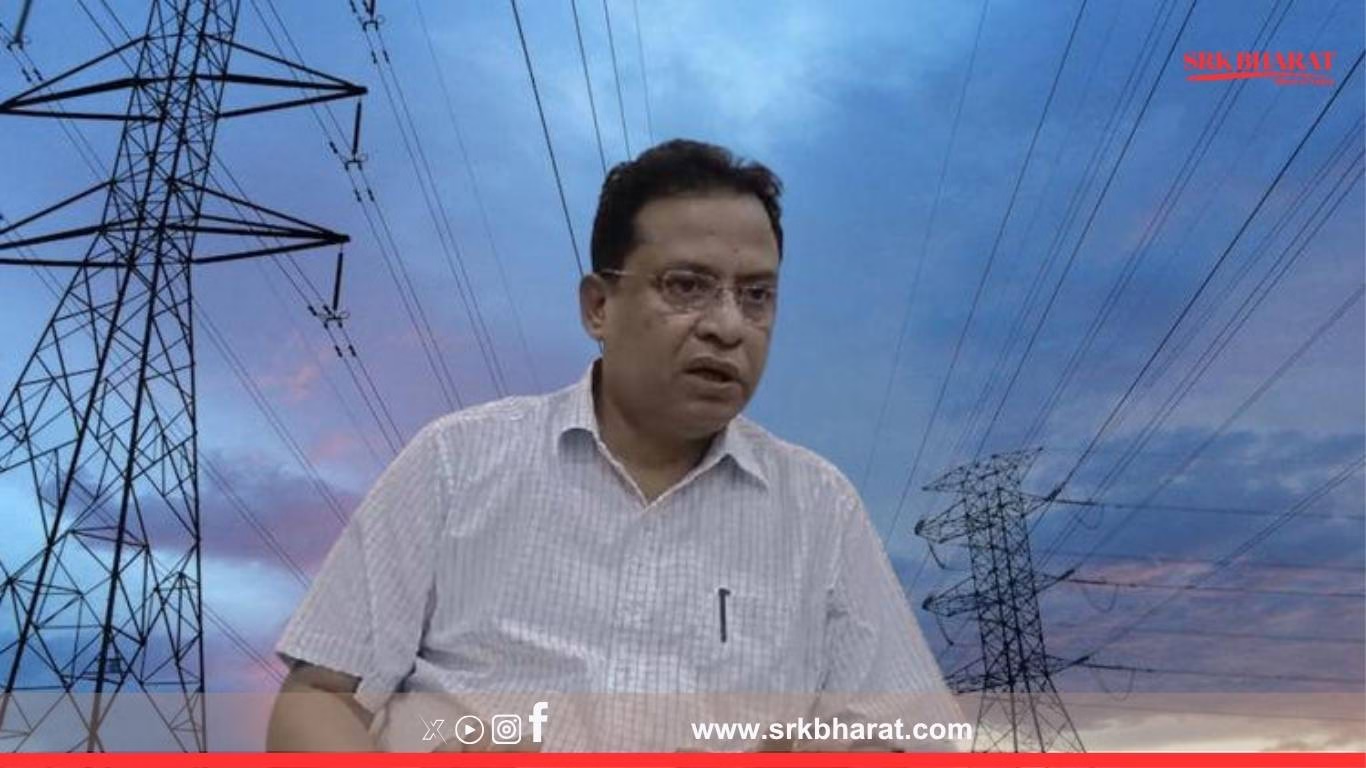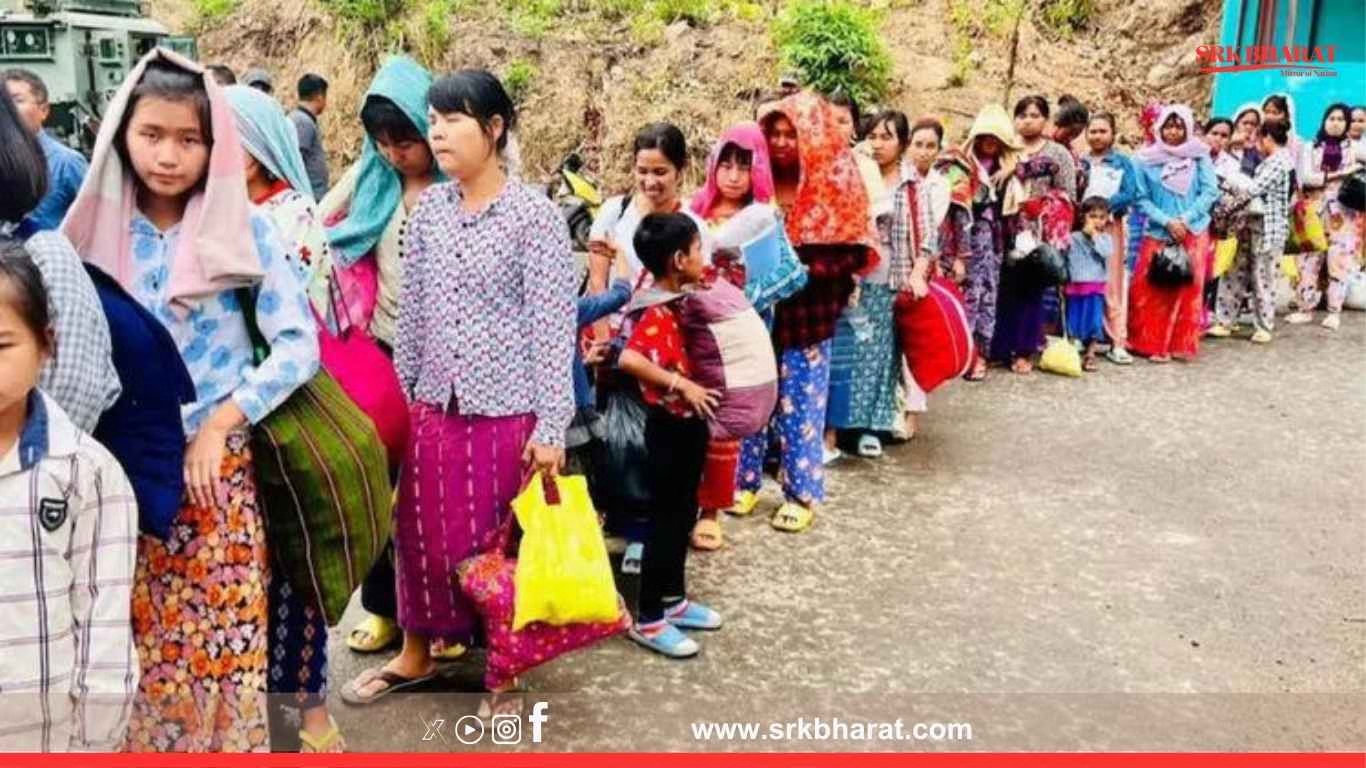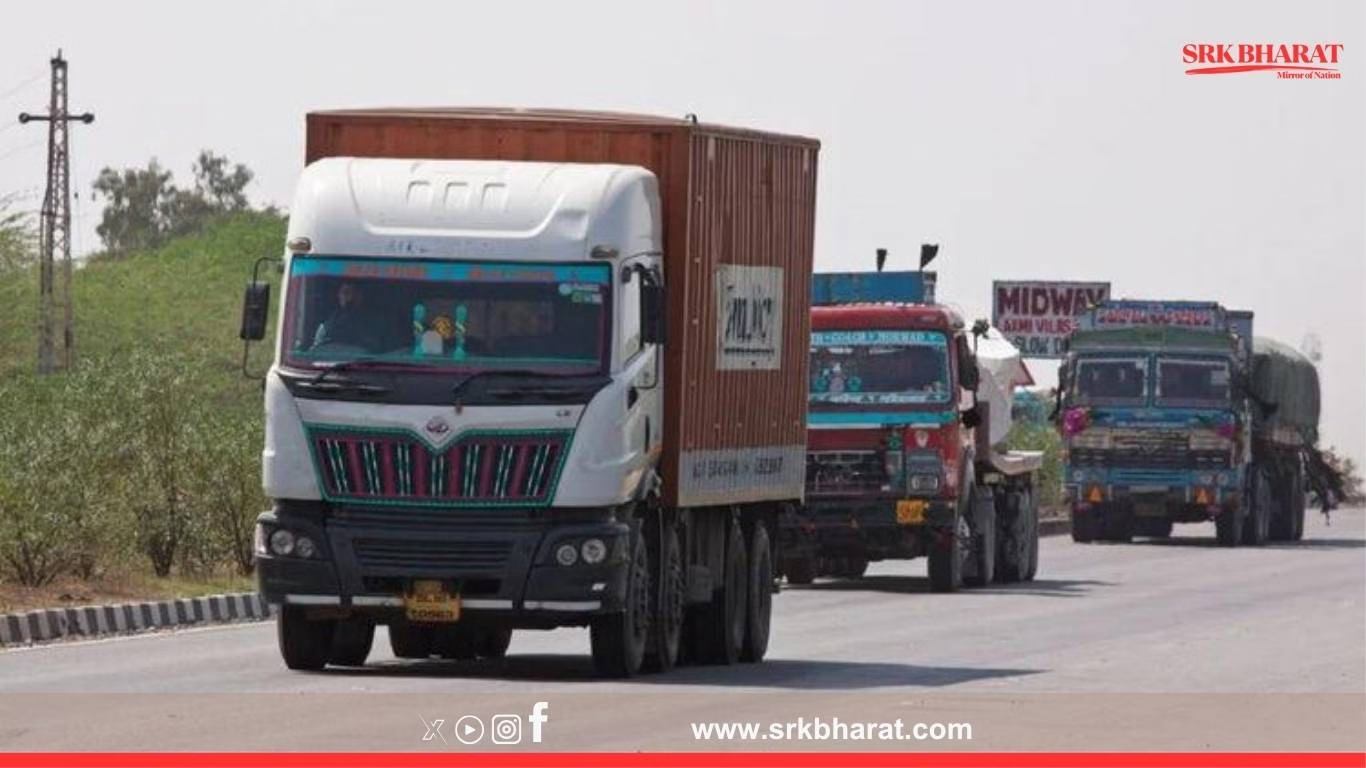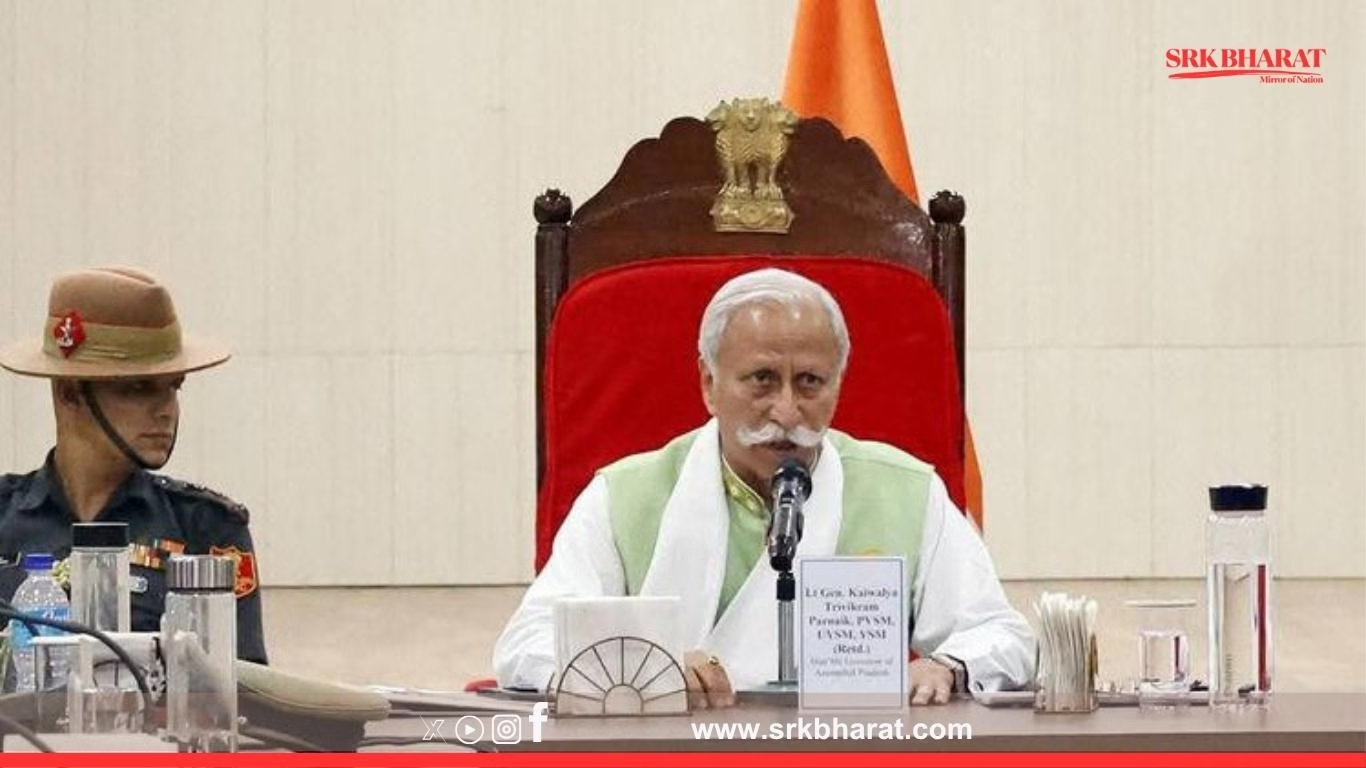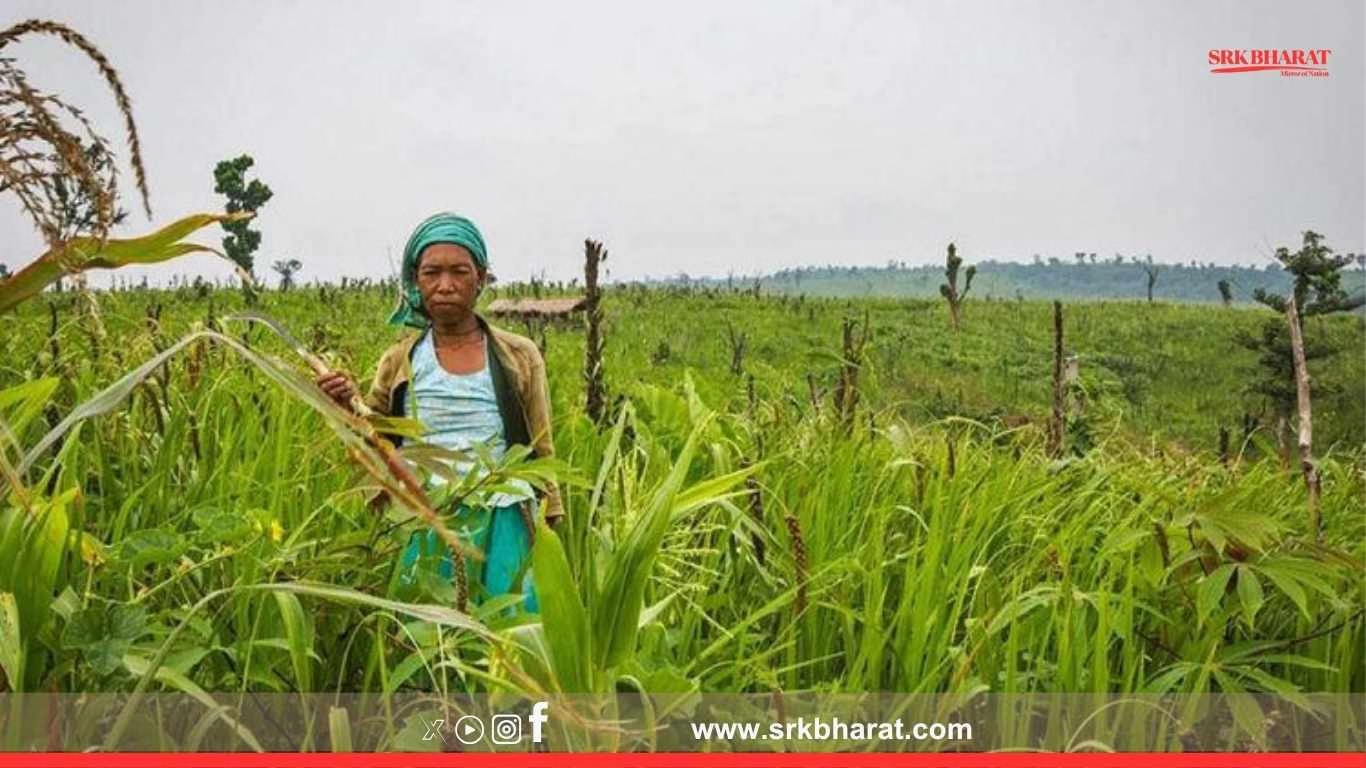The Meghalaya government has sought a financial package worth Rs 2,270 crore from the central government to implement several critical power projects aimed at overcoming persistent electricity shortages and modernising the state’s energy infrastructure. The proposal was recently submitted to the Union Ministry of Power by Chief Minister Conrad K Sangma, reflecting urgent state-level priorities in power generation, transmission, and distribution.
Background: Power challenges in Meghalaya
Despite abundant rainfall and hydropower potential, Meghalaya remains a power-deficit state. It frequently depends on costly power purchases from external generators, especially during peak demand in winter and dry months. According to officials, outdated infrastructure, inadequate generation capacity, and high transmission losses continue to strain the state’s finances and hamper economic growth.
Details of the funding proposal
| Component | Estimated Cost (Rs crore) | Objective |
|---|---|---|
| New hydroelectric projects | 1,200 | Increase state’s own generation capacity to reduce power purchase dependence |
| Transmission line upgrades | 500 | Replace aging transmission networks to reduce losses and ensure reliable power supply |
| Distribution strengthening | 400 | Modernise distribution infrastructure, improve last-mile connectivity and billing efficiency |
| Renewable energy pilot projects | 170 | Integrate solar and small hydro in rural and off-grid areas |
Officials said the proposal includes detailed project reports with technical designs, environmental impact assessments, and financial feasibility analyses to expedite approvals under central schemes.
Chief Minister’s statement
Chief Minister Conrad Sangma stated:
“We have sought the Centre’s support to strengthen Meghalaya’s power sector. Our aim is to achieve reliable, affordable, and sustainable electricity for all households, industries, and institutions to support economic growth.”
He emphasised that new hydroelectric projects will leverage the state’s untapped river systems while maintaining ecological balance through modern design standards.
Why Meghalaya needs urgent power investments
- High transmission and distribution losses: Meghalaya records T&D losses upwards of 30%, significantly above the national average, due to aging networks and pilferage.
- Low per capita power consumption: State per capita consumption is only ~500 kWh compared to the national average of ~1,200 kWh, indicating suppressed demand due to supply constraints.
- Poor rural electrification reliability: Although village electrification coverage is officially high, quality and duration of power remain unreliable, affecting livelihoods and public services.
- Rising industrial demand: Proposed investments in cement, mining, and tourism require stable electricity supply to attract and retain investors.
Proposed projects at a glance
| Project Name | Type | Capacity / Scope | Estimated Cost (Rs crore) | Expected Benefits |
|---|---|---|---|---|
| Kynshi Stage I Hydel Project | Hydropower | 270 MW | 800 | Augment state’s generation and reduce power purchases |
| Umiam Stage V Upgradation | Hydropower modernisation | +30 MW | 400 | Improve plant efficiency and life extension |
| Transmission Grid Modernisation | Grid upgrade | State-wide | 500 | Reduce T&D losses, enable stable interstate supply |
| Smart Metering Phase II | Distribution | 1 lakh meters | 200 | Enhance billing efficiency, reduce losses |
| Rural Solar Mini Grids | Renewable | 50 MW cumulative | 170 | Power for remote villages not connected to grid |
Current central schemes being utilised
Meghalaya is already part of the Revamped Distribution Sector Scheme (RDSS) and North Eastern Region Power System Improvement Project (NERPSIP). However, state officials say these are insufficient to bridge its structural deficits without special grants or interest-free loans for the proposed projects.
National and regional significance
Energy analysts note that enhancing Meghalaya’s power sector will:
- Strengthen the Northeast regional grid stability.
- Enable cross-border power trade with Bangladesh under existing bilateral agreements.
- Improve the competitiveness of industries, particularly cement and agro-processing units in Meghalaya.
- Reduce diesel generator usage in rural areas, thus cutting carbon emissions.
Centre’s likely response
Officials in the Ministry of Power have indicated that the proposal will be evaluated under existing funding mechanisms and special assistance schemes for northeastern states. Given the strategic importance of the region, the projects are likely to receive phased approvals over the coming fiscal years.
Challenges ahead
Despite optimism, the state may face hurdles such as:
- Land acquisition delays in hydropower project sites.
- Environmental clearance bottlenecks, especially in forest-rich areas.
- Implementation capacity constraints of state utilities.
- Potential cost overruns if execution timelines are not strictly managed.
Experts’ recommendations
Policy experts have advised the state government to:
- Prioritise projects with fastest returns and highest demand impact.
- Pursue public-private partnerships, especially for solar and mini-hydro projects.
- Invest in utility workforce training to efficiently operate and maintain modernised assets.
Long-term vision
The Meghalaya Power Department has articulated a 2030 vision to:
- Achieve 24×7 reliable power supply for all households and industries.
- Become a net power exporter within the Northeast region.
- Integrate renewable energy up to 40% of the state’s power mix.
- Digitise distribution systems with 100% smart metering to reduce AT&C losses below 15%.
Conclusion
Meghalaya’s Rs 2,270 crore funding request marks an ambitious attempt to transform its power sector, reduce dependence on external power purchases, and unlock industrial growth in line with its aspiration to become a high-income state within two decades. Central support and efficient execution will be critical for this vision to translate into measurable developmental outcomes.
Disclaimer
This news article is based on official statements by Meghalaya government representatives and state energy department data. Project details, costs, and implementation timelines are subject to revisions based on central government approvals, detailed clearances, and future budget allocations. Readers are advised to consult official releases for final policy or investment decisions.







